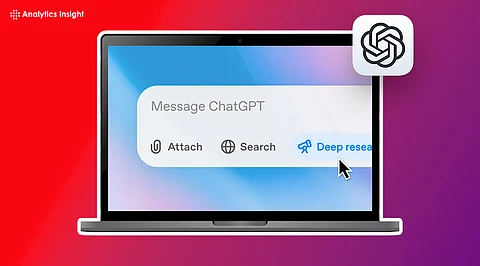

Clear context leads to better responses. Providing detailed prompts with background, tone, and purpose improves accuracy and usefulness.
Assigning roles sharpens focus. Defining an expert persona helps deliver more structured, relevant, and focused replies.
Small prompt tweaks make a big difference. Refining tone, length, or structure can improve quality without needing to start over.
Quality responses depend on the clarity of the prompt. If the input lacks detail, the output may underdeliver because it was not guided well. Just a few changes can turn a vague query into a powerful result.
Here’s a straightforward guide to sharpening your instructions using practical, tested fixes that are utilized in prompt engineering.
When a prompt lacks background, it becomes as incomplete as a puzzle with missing parts. Specifying the objective, audience, or preferred structure can greatly enhance precision.
Example:
Replace “Suggest blog topics” with
“Suggest five beginner-friendly blog topics on cybersecurity and remote work for small business owners.”
More context equals better alignment with intent.
Also Read: How to Improve ChatGPT Responses with Advanced Prompting Techniques
Responses gain focus and authority when shaped through a professional lens. Assigning a clear role sets a tone of expertise.
Examples:
“Act as a digital marketing consultant.”
“Behave like a product design lead.”
“Respond like a travel planner with 15 years of experience.”
Clarity in role leads to clarity in response.
Complex requests benefit from guided structure and premium. Asking for stepwise reasoning or listing pros and cons reduces confusion and increases depth.
Prompt Add-ons:
“Break this down step by step.”
“List each phase with an explanation.”
“Compare options with brief reasoning.”
Structure improves reliability.
If a response from ChatGPT misses the mark, small refinements work better than starting over. Changing the tone, trimming length, or focusing on one section brings quicker results.
Quick Fixes:
“Make this more concise.”
“Use a persuasive tone.”
“Reword only the last paragraph.”
Also Read: How ChatGPT Became a Digital Co-Worker from Chatbot?
Large, complex prompts tend to dilute quality. ChatGPT tricks, such as breaking a task into smaller steps, ensure better control and stronger results.
Flow Example:
Generate a summary
Rewrite in a softer tone
Extract key takeaways
Convert into a caption
Chunked instructions make the process manageable.
When a desired style or format is known, showing a sample sets the tone.
“Use the same structure and tone as the following paragraph to write about a new topic.”
One example outperforms pages of instruction.
Being clear about tone and length ensures better-fit responses when it comes to ChatGPT online. Friendly, formal, or witty tones can be requested directly. Desired length should also be specified to avoid bloated or shallow replies.
Tips:
“Write in a confident, professional tone.”
“Keep it under 150 words.”
“Use a list with 3 concise points.”
Precision in prompt leads to precision in response.
Basic Prompt:
“Write about the benefits of remote work.”
“Act as a senior HR consultant. Create a 150-word LinkedIn post supporting remote work in startups. Use a professional, upbeat tone. Include three benefits and end with a call to comment.”
Results will now include sharper, cleaner, more usable content without paying the premium version ChatGPT price.
Prompting is less about commands and more about communication. With small changes, such as adding purpose, assigning roles, or guiding structure, responses become more accurate, more relevant, and more usable. These quick fixes turn guesswork into precision.
